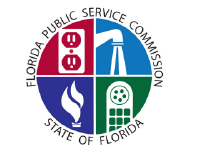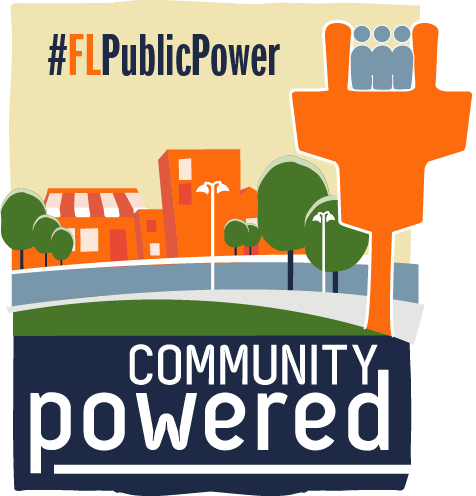Underground Power Lines Plan Moves Forward
 State regulators moved forward Thursday with a new law aimed at building more underground power lines and making Florida’s electric system better able to withstand punishing hurricanes.
State regulators moved forward Thursday with a new law aimed at building more underground power lines and making Florida’s electric system better able to withstand punishing hurricanes.
The Florida Public Service Commission approved proposed rules to carry out the law, which is expected to lead to residents and businesses paying more in their electric bills for storm-protection projects.
Deputy Public Counsel Charles Rehwinkel, whose office represents consumers in utility issues, described the rule-making as the “most significant in a generation” because of issues such as potential costs over time that could total hundreds of millions or billions of dollars.
A key part of the law, passed during the spring legislative session, will change how storm-protection projects, including underground power lines, are financed. That change is expected to lead to more projects, which supporters say should help reduce outages and hold down restoration expenses after storms --- but also will lead to upfront costs for customers.
“In the short run, you’re going to see, we believe, increases in bills,” Rehwinkel said.
Public Service Commission Chairman Art Graham issued a statement after Thursday’s approval of the proposed rules and said they will help electric systems better handle severe storms. The law applies to Florida Power & Light, Duke Energy Florida, Tampa Electric Co., Gulf Power and Florida Public Utilities Co.
“Utilities’ investment in storm hardening strengthens Florida’s grid to reduce power outages and speed restoration after a storm,” Graham said. “The proposed storm protection plan rules will further protect Florida’s consumers, including those most vulnerable.”
Under the law, utilities will be able each year to seek approval from the commission to collect money from customers for storm-protection projects, such as building underground power lines. In the past, such projects have generally been financed through base electric rates, which are set for a number of years and include a wide range of utility expenses.
Utilities will have to file 10-year plans with the commission about bolstering storm protection. But the proposed rules approved Thursday drew debate, in part, because of questions about information utilities should have to provide about projects during the first three years.
Commission staff members recommended that utilities should initially provide detailed information about projects planned for all three years, but Florida Power & Light contended that such details should only be required for projects in the first year.
FPL, backed by other utilities, said information submitted initially about projects planned for the second and third years should be broader, such as estimated numbers of projects and estimated costs. The utilities would then come back annually with detailed plans for the next year.
Kenneth Rubin, an attorney for FPL, said plans can change because of a variety of factors and that utilities need flexibility. He also cautioned about “customer dissatisfaction” if a utility had to change plans and eliminate specific projects that had previously been disclosed for the second and third years.
“We certainly don’t want to be locked in for years two and three because we identified certain projects in year one,” Rubin said.
But Rehwinkel said the Office of Public Counsel felt strongly about needing detailed information about the second and third years. That stemmed, in part, from concerns that utilities could collect money under the law for projects whose costs also are being passed on to customers through base rates. The office in a late-August filing described such a situation as “double recovery of the same costs.”
The Public Service Commission sided with FPL and the other utilities on the issue. Commissioner Julie Brown, for example, pointed to the “speculative” nature of the second and third years of projects.
Another point of contention in the proposed rules centered on whether utilities should be able to recover projected costs of the storm-hardening projects --- or whether they should have to wait until work is done to start billing customers. The commission agreed with a staff recommendation to allow collection of projected costs, similar to what utilities are already able to do with certain other types of costs.
After work is finished, the projected and actual costs are compared in what is known as a “true-up” process, with adjustments then made to customers’ bills.
Article reposted with permission from The News Service of Florida.
 Enter your email address in the
Enter your email address in the 